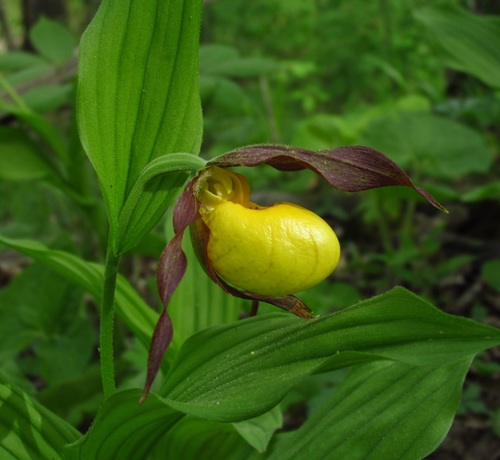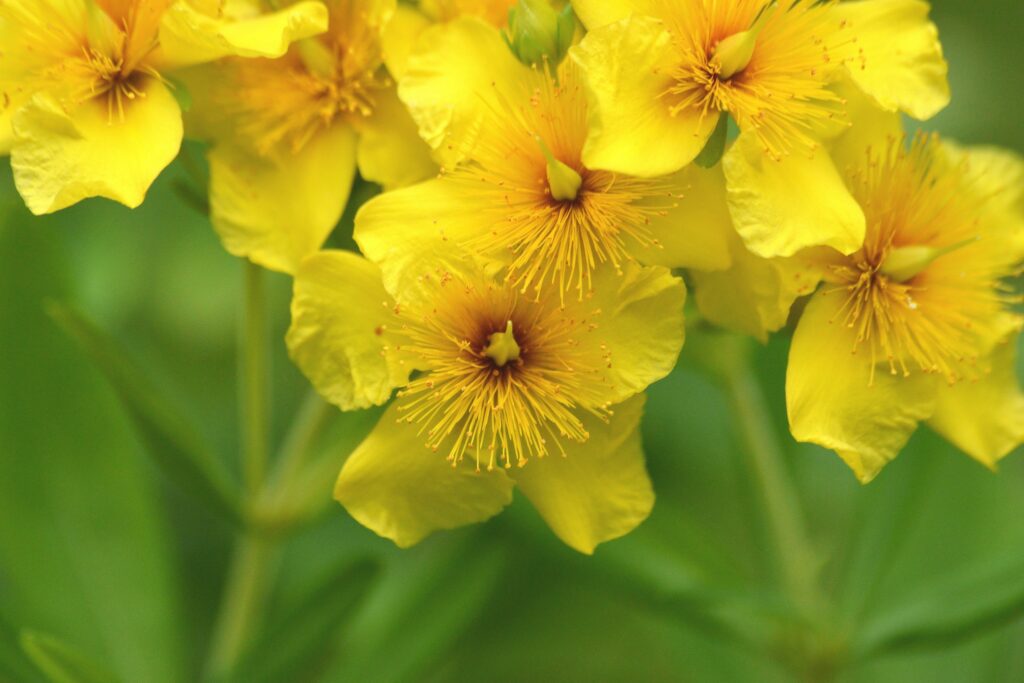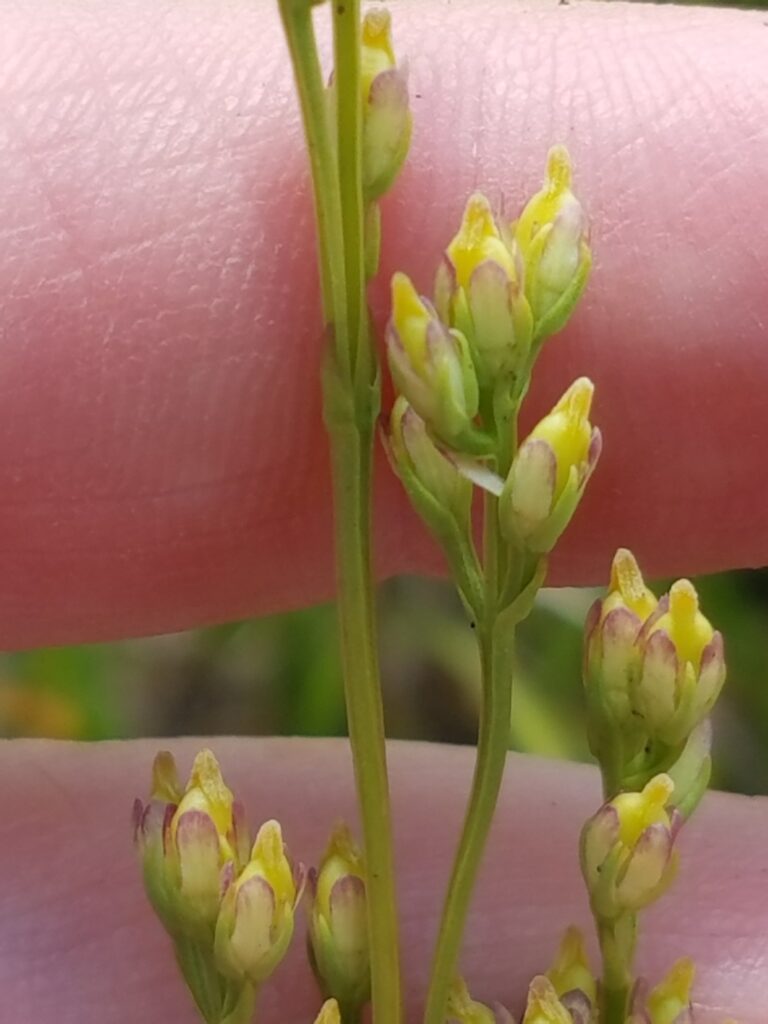Illinois Botanists Big Year Homepage

Find the most plant species in Illinois in 2017 and rejoice in your victory!
The 2nd annual Illinois Botanists Big Year has come to a close. The results are in and the winner is…
cassi saari with 921 taxa!*
Most Species/Subspecies/Varieties Observed
1st: cassi saari (bouteloua)
2nd: Mark Kluge (sanguinaria33)
3rd: Erin Faulkner (elfaulkner)
4th: Sheri Moor (missgreen)
5th: Vanessa Voelker (vvoelker)
*all stats are as of January 16th, 2018. Statistics will change slightly as observations are further refined/identified on the dynamic iNaturalist website. In 2018 the ILBBY competition changed from counting species, subspecies, and varieties to just counting species. As of Feb 2nd, 2018, cassi had documented 913 species in Illinois in 2017.
Congrats to everyone who helped contribute to a worldwide database of nature observations and those who perhaps found more plants than they ever had before in a single year and place. There were almost 30,000 plant observations contributed by over 1,600 different people. Of those, 18,733 observations were identified to species or below and reached “research grade.” That means the plant was wild/naturalized, had a photo, date, GPS point, and had an identification verified by at least two people. A total of 1,457 species, subspecies, and varieties were identified, representing approximately 40% of the Illinois flora. Huge thank yous to all the people who help identify on iNat; top identifiers of 2017 Illinois plants were Evan Barker / evan8, cassi / bouteloua, Mark / sanguinaria33, Erik Attaway / eattaway92, and Mackenzie Caple / mcaple.
Other Winners
- Most Observed Species: Asclepias syriaca (common milkweed), with 260 observations. Congrats, milkweed!
- Longest Streak: Mark Kluge / sanguinaria33 with…365 days! Amazingly, Mark uploaded at least 1 observation every single day of 2017. Looks like he’s on track to do the same in 2018. Read more about Mark’s “365 Days on iNaturalist” here.
- The Sedgehead: cassi saari / bouteloua, with 42 species in the genus Carex. We’re keeping an eye on Paul Marcum and Vanessa Voelker for 2018…
- The Grassmaster: cassi saari / bouteloua, with 62 species in the family Poaceae.
- The Singularly Obsessed: flexfolks, with 61 observations tracking populations of the invasive Lotus corniculatus (birdsfoot trefoil), all at their stewardship site Poplar Creek in northwest Cook County. Many photos with the familiar blue dye…thanks for all your work you do.
- The 100% Naturalist: Jeff Skrentny / skrentnyjeff, a naturalist who didn’t just observe plants, or just birds, or just reptiles, or just fungi, but a good sampling of them all. There are a ton of ways to think about calculating this, but here is what we had decided on: of the participants who made at least 500 verifiable observations in Illinois in 2017, we calculated the relative percentages of their observations that fell within each of iNaturalist’s “iconic” taxa (plants, fungi, fishes, amphibians, reptiles, birds, arachnids, insects, mammals, molluscs, other animals, chromista, protozoa, and “other”). We then took the standard deviation of the percentages. The person with the lowest standard deviation has observations well-representative of all the different types of life. Great observations, Jeff! (In case you’re wondering, the person with the highest standard deviation was Chris Benda / illinoisbotanizer, who only uploaded observations of plants!)

Cypripedium parviflorum var. pubescens by Vanessa Voelker
The most-observed native plants were Asclepias syriaca (common milkweed, 260 observations), Podophyllum peltatum (mayapple, 170), Trillium recurvatum (prairie trillium, 155), Mertensia virginica (Virginia bluebells, 145), and Monarda fistulosa (wild bergamot, 139). The most-observed non-native plants were Lotus corniculatus (birds-foot trefoil, 232 observations), Phalaris arundinacea (reed canarygrass, 131), Rhamnus cathartica (common buckthorn, 117), Phragmites australis (common reed, 105), and Daucus carota (wild carrot, 102).

Hypericum swinkianum by Mark Kluge
What’s the big deal about iNaturalist? Here are a few thoughts from some regional naturalists (emphasis ours):
- “[iNaturalist] has the potential to be a great tool to encourage new people to explore the natural world more and hopefully learn something along the way, but more importantly to foster a sense of respect and responsibility for the natural world and its other inhabitants….iNat provides a way to keep your ID skills sharp and a means to travel to new landscapes and learn about plants that you might not otherwise ever see. Sure, you can always do the same by looking through books or websites, but those lack the interactive aspects and sense of community that iNat has. Books and websites are still invaluable to me, but the added benefits of iNat have made it a fun tool in my quest to understand the natural world.” -Derek Ziomber / dziomber
- “One of the things I’ve appreciated most about the Big Year specifically, and iNaturalist in general, is that it’s become a great resource for learning vegetative and early life stage characters. A few of us went on a journey of discovery this year with Polymnia canadensis, which has early growth leaves that look confusingly similar to several other species, and not terribly similar to most field guide photos of the plant at maturity.” -Vanessa Voelker / vvoelker
- “While I’m sure I’ve tested the patience of many a hiking buddy with my frequent data-recording stops, I like the idea that I’m contributing to a growing body of scientific knowledge. My favorite part is expanding the range maps for different species, and the particular thrill of adding a species found outside its normal range or being the lone state record. The Illinois Botanists Big Year has lent focus to the madness and has pushed me to get off the couch and visit a wider range of Illinois’s preserves and ecosystems than I ever have before.” -Erin Faulkner / elfaulkner

Bartonia virginica by Erin Faulkner
- “I had a resolution in 2017 to hone some of my woodland as well as sand species plant identification. It proved to be a good way to document what I saw at a given site and to take pictures of some of my lifers…the map also allowed me to pinpoint where some of the invasive problems were (I could upload the data later on and overlay it on a Google map). I enjoyed seeing how various species bloom at different times in different locations and thinking why that would be.” -Iza Redlinski / marshmaiden
- “When I was nudged into joining iNaturalist in 2014, I had little idea that I was getting into one of the most significant citizen science projects ever conceived. Yes, it’s fun to crunch statistics, but iNat also makes it simple to look at your observations and say, hey I need to pay more attention to Dichanthelium, or hill prairies, or Helianthus, or wetlands, or whatever. IBBY 2017 was a prime vehicle for me to achieve a different goal, which was making at least one observation every day of the year. That was a great way to really work on plant phenology, as well as to keep active on those days you would much rather be on the couch! Some favorite observations were something I found while looking for something else, observing the plant that was the type collection for a recently described species, and enduring 25 ticks to track down a nice orchid population.” -Mark Kluge / sanguinaria33
- “Even though I don’t have as much opportunity as I’d like to go out and add my own observations, IDing other people’s observations has been a great way to keep sharp on plants I know, as well as learning how to ID new ones– all while contributing to science.The crowdsourcing aspect is especially fun and helpful!” -Mackenzie Caple / mcaple
Want to participate in 2018? It’s easy. Simply add your observations at iNaturalist.org or use the iPhone/Android app. You can also help the community by identifying plants on iNaturalist. Here is the new Illinois Botanists Big Year homepage.

Nabalus crepidineus by cassi saari
Previously…
How to join in the fun: Add your plant observations to the iNaturalist.org website or iPhone/Android app and it’ll automatically count toward the contest if it meets the rules below. Join the conversation on the Illinois Botanists Big Year Facebook group.
Rules
- Must be a plant (bryophytes and vascular plants – native and non-native species are accepted)
- Observation must be within Illinois
- Must be observed between the dates of January 1st, 2017 and December 31st, 2017
- Observation must be “research grade.” That means it must be “wild/naturalized” and that you need a photo, date, location, species identification, and for someone else to confirm your species identification’s accuracy
Nature newbie? No worries – we will help identify any plants you see. Don’t have a smartphone? You can upload photos through the website without need for a smartphone. Just snap a photo and upload it to iNaturalist.org and identify as best as you can, even if that’s just “plant.”
Help others get to research grade by confirming their observations!
Compare to Other Statewide Big Years::
- Illinois Botanists Big Year 2017
- Wisconsin Botanists Big Year 2017
- Minnesota Botanical Big Year 2017
Resources::
- iNaturalist Getting Started guide
- iNaturalist FAQ page
- Video tutorials: Creating an iNaturalist account and adding an observation
- Illinois Botanists Big Year Facebook group
Contact cassi saari, cassisaari@gmail.com with questions or comments.
Illinois Botanists Big Year 2020
Illinois Botanists Big Year 2019
Illinois Botanists Big Year 2018
Illinois Botanists Big Year 2017
Illinois Botanists Big Year 2016
